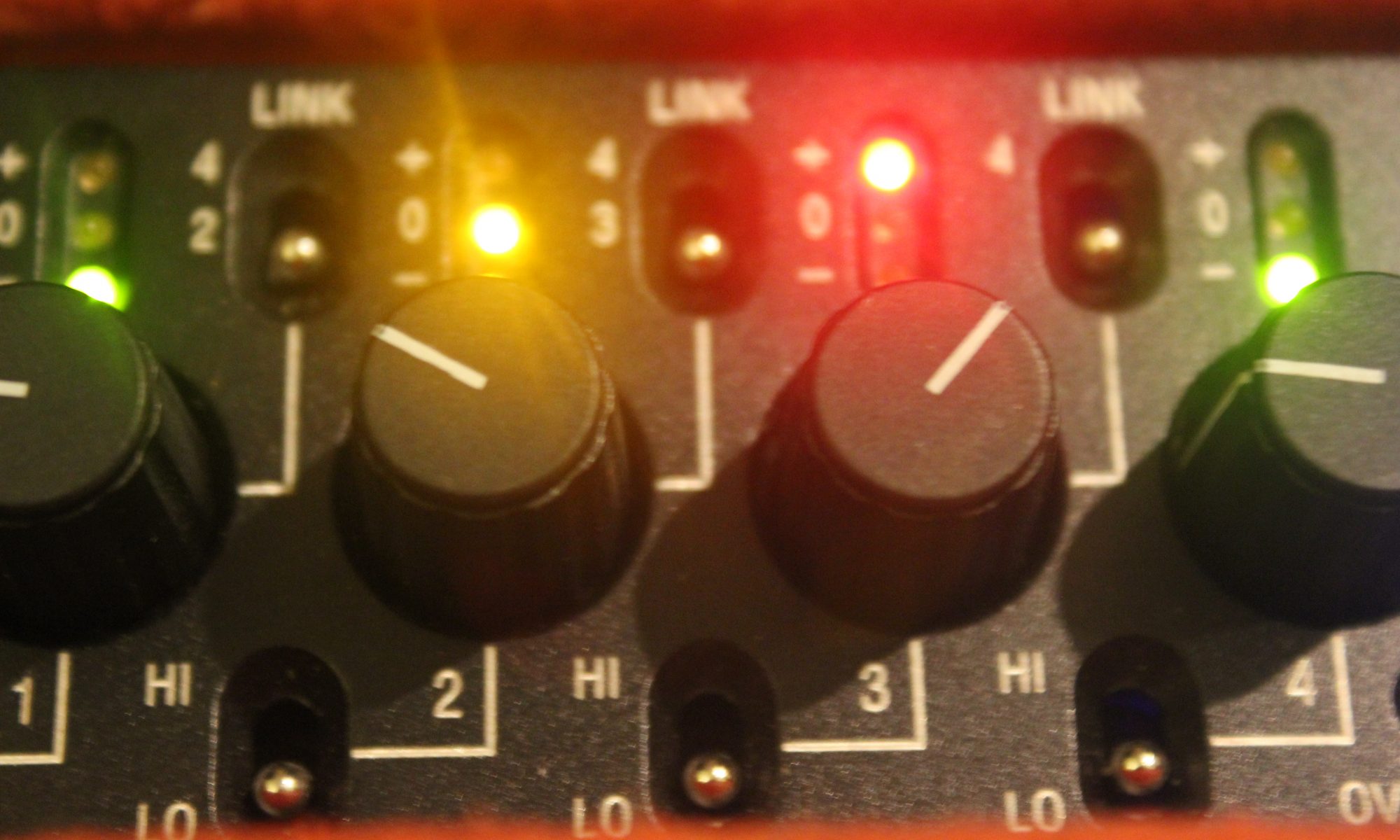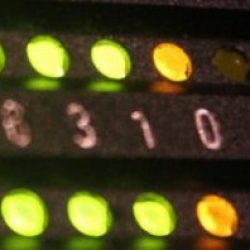I don’t normally do reviews per-se, but I thought this was a particularly useful bit of equipment and it may not be obvious at first glance why the Radial Catapult is so useful. So much so, I didn’t realise its usefulness until buying the wrong boxes…

Standard Analogue over CAT5
I initially bought just the standard TX and RX boxes which don’t have any transformers. After doing some work making my own analogue to CAT5 adapters before, I found they weren’t rugged enough. Also I’d found that the Neutrik CAT6 connectors weren’t compatible with their standard ethercon connectors. These were obviously well made in pretty chunky steel cases. As CAT5 is 100ohm, it’s also ‘close enough for jazz’ to 110ohm and is able to run long distance AES3 digital signals. 48V phantom power can be provided as long as shielded CAT5 cable is used.
Splitters!
They also have the advantage of working like a 4 way ‘Y cable’ providing a passive split of the signal. As most of my kit is battery powered a lot of the time, I didn’t see a need to get the transformer versions. Everything in them is wired in parallel, so the same signals are split across both XLR connectors opposite from one another and the same signal comes out of both CAT5 sockets. There’s also all passive boxes, so no power supplies are needed, however any splits will incur a 3dB loss in signal.
The ‘TX’ boxes have 4x female XLR connectors and 4x male XLR connectors, while the ‘RX’ have 2 sets of 4 male XLR. In the case of the ‘TX’ boxes you can use them as sex changers and don’t necessarily run signals the way they’re intended.
Transformers: More than meets the eye
There are multiple different versions of the Catapult, with transformers optimised for mic (ending with an ‘M’) and line level (ending with an ‘L’) signals. They way they’re arranged is to isolate the 2 sides of the catapult box, but could also be used to interface unbalanced signals from things like laptops.
Something I can think of a very good use for them is for running out comms feeds to set. Typically we use small battery powered ‘beltpack’ TX for this, which only have an unbalanced input. Here you could put in a long run along one CAT5 cable without worrying about interference on the audio getting to the comms transmitter.
Another approach is to use a ‘plug on’ transmitter designed for balanced microphone inputs. However, it uses the cable shield as an antenna, and a 50m antenna is less than optimal for UHF. The transformer will break this up and a patch cord will have a better antenna length.
In this case, the TX4L would be the best box for this, plugging any microphones into the ‘input’ end and transmitters on the ‘splits’ of the other 2 channels on the other side of the transformers. These could run to either a TX or RX box (although sex changers would have to be used with the RX to run the transmitters the ‘wrong way’ up the CAT5 cable)
CAT5 is for networking
Who said network audio had to be digital? With multiple boxes it is possible to route signals to multiple locations using splits and the fact that dual CAT5 connections are on each box allows this. The transformers can also help isolate different systems running form different power sources and they have ground lift switches to avoid ground loops (however this will mean you lose phantom power). Do bear in mind the 3dB signal loss for each split, though- if you wanted to do something particularly complex it’d be worth getting amplifiers in to compensate.

